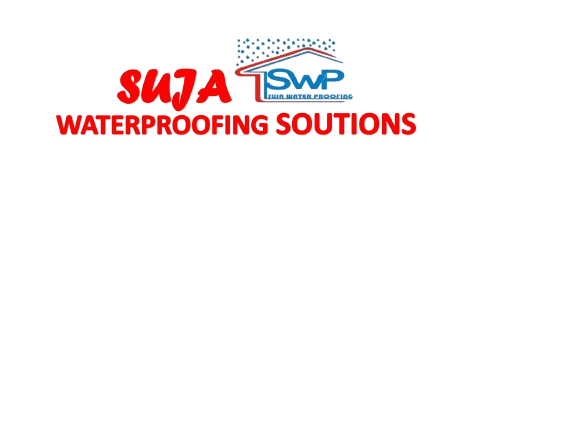Bathroom waterproofing is a crucial step in ensuring a durable, safe, and mold-free bathroom environment. Due to constant exposure to water and humidity, bathrooms are at a high risk of water damage, which can weaken structural integrity, cause mold growth, and lead to costly repairs if left unaddressed. Proper waterproofing acts as a protective barrier, preventing moisture from seeping into walls, floors, and ceilings and preserving the bathroom’s overall integrity.
Why Waterproofing is Essential
Bathrooms are among the most moisture-prone areas in a building, and without proper waterproofing, moisture can penetrate porous surfaces like tiles, grout, and concrete. This seepage can lead to a range of problems, including mold, mildew, leaks, and structural damage. Over time, water can erode tiles, weaken adhesive bonds, and even cause wooden subfloors to rot, leading to costly repairs and potential health issues from mold spores. Effective waterproofing not only prevents such issues but also helps maintain a cleaner and more sanitary bathroom space.
Key Areas for Waterproofing
Waterproofing in a bathroom should cover specific areas prone to water exposure, such as:
-
Floors: Waterproofing the entire bathroom floor is essential, particularly around the shower, bathtub, and under sinks. Any seams between the floor and walls are also potential areas for water infiltration.
-
Walls: Waterproofing walls up to at least 1.8 meters high in shower areas prevents water from entering the wall cavity. Using waterproof boards or applying a waterproof membrane on walls is recommended.
-
Shower and Bathtub Area: The shower and bathtub areas are in constant contact with water. Waterproofing these areas with a high-quality waterproof membrane or barrier is critical.
-
Joints and Corners: Joints and corners are vulnerable spots in bathrooms. Special sealants or waterproof tape should be applied at these points to prevent water from seeping through small gaps.
Types of Waterproofing Solutions
There are several methods and materials used in bathroom waterproofing, each with its advantages:
-
Liquid Membranes: These are applied as a thick liquid and harden into a durable, flexible waterproof barrier. Liquid membranes are commonly used on bathroom floors and walls and can be applied in layers for added protection.
-
Sheet Membranes: Typically made from materials like polyethylene, sheet membranes are pre-manufactured waterproofing layers. They are applied over areas at high risk of moisture exposure, such as shower walls and floors.
-
Cementitious Coatings: These coatings are easy to apply and highly effective for waterproofing. Cementitious waterproofing is ideal for areas with heavy water exposure, such as bathroom floors.
-
Sealants and Caulking: Silicone or polyurethane sealants are essential for sealing joints, gaps, and corners. They provide an additional layer of protection by keeping water from penetrating seams in the bathroom structure.
Steps in the Waterproofing Process
-
Surface Preparation: All surfaces must be clean, dry, and free from dust, oil, and other contaminants before waterproofing. Cracks should be repaired, and old grout removed.
-
Application of Primer: A primer coat ensures that the waterproofing membrane adheres well to the surface. It also provides an extra layer of protection against moisture.
-
Applying the Waterproofing Membrane: This step involves applying the chosen waterproofing material over vulnerable areas. For liquid membranes, multiple coats may be required. Sheet membranes are carefully laid over surfaces and pressed into place to avoid bubbles or gaps.
-
Sealing Joints and Corners: After applying the waterproofing membrane, all corners and seams should be sealed with a waterproof tape or sealant for added durability.
-
Drying and Curing: Allowing sufficient drying and curing time is critical to ensure the waterproofing material fully bonds to the surface and forms a continuous seal. This can take up to 24-48 hours, depending on the material used.
-
Tiling and Finishing: Once the waterproofing layer has cured, tiling and other finishes can be applied. It is important to use a high-quality grout and seal it well to prevent water penetration through tiles.
Benefits of Waterproofing
Waterproofing extends the lifespan of a bathroom by reducing the need for repairs due to water damage. It improves air quality by preventing mold and mildew growth and adds value to the property by enhancing the bathroom’s durability and appearance. Additionally, waterproofing promotes energy efficiency, as it reduces the chances of temperature changes caused by damp walls and floors.
In conclusion, bathroom waterproofing is a foundational step in bathroom construction and renovation, essential for preserving structural integrity, improving hygiene, and enhancing longevity. Proper waterproofing can save money, prevent health issues, and keep bathrooms in excellent condition for years to come.

